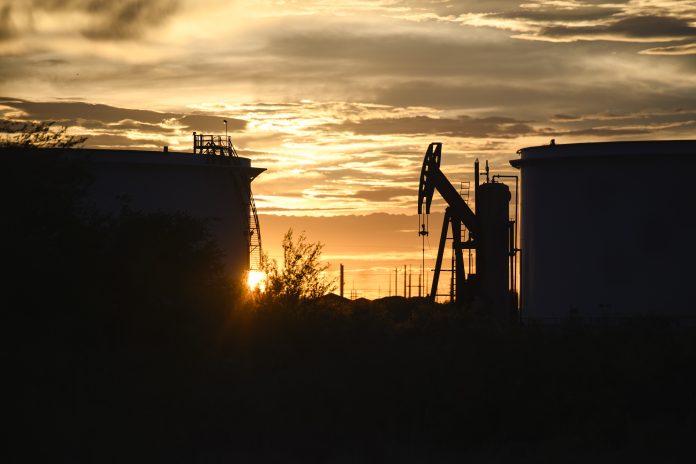
After months of dismayingly high gasoline prices, the cost of a gallon of gas finally bubbled just under $4 in much of the Permian Basin during the past week, drawing lines of cars, pickups and SUVs to the convenience stores and service stations with the lowest prices.
Experts report that the scenario is still strained as retailers’ profit margins remain very low and state and federal gas taxes keep the prices artificially inflated.
Waco economist Ray Perryman said most of the cost of a gallon of regular-grade gas “is due to the cost of the underlying crude oil,” which was $96.34 per barrel Thursday, down from $102.73 on July 7.
According to the Automobile Association of America, the national average gas price on Thursday was $4.44 per gallon, down from $4.60 a week earlier and $4.97 a month ago. Texas state averages were $3.98 Thursday, $4.17 a week earlier and $4.66 a month ago, which aproximated those in the Basin.
Asked why the costs have been lower in the Basin and state, Perryman said, “For any particular retailer to try to raise prices would be difficult to achieve and sustain given that gas is seen as a commodity by most people and prices are highly visible.
“The price of gasoline in local areas or regions can vary due to supply and demand factors specific to those areas as well as requirements in the blends due to environmental regulations. At some points in time when oilfield activity was particularly strong, the price of fuels in the Permian Basin was pushed up due to the high demand in the area.
“While we are certainly seeing an upswing in activity, rig counts are still well below what they were prior to the pandemic, so it is not unexpected that prices for fuels may be lower relative to other areas than they were when the regional economy was in overdrive,” he said.
Perryman, who lives in Odessa, said increases in the number of refineries and in the places where gasoline is sold are also factors along with the war in the Ukraine’s having prompted President Biden and Congress to prohibit the importation of Russian oil. “There are more outlets in place now, which increases competition,” he said.
“The gasoline in the region is somewhat cheaper because most of the supply comes from the Gulf Coast, where refining capacity has increased recently. This pattern contrasts with areas such as Phoenix and Southern California, where unexpected outages have strained supply.”
Panhandle Producers & Royalty Owners Association President Judy Stark said from Amarillo that gasoline grades and subgrades are created by blending. “Each grade of gasoline will contain different compositions,” Stark said.
“Like oil, gasoline is traded on an open market. It depends on supply and demand and transportation costs, which are variable markets. Then branded gasoline stations like Phillips 66, Valero, Shell and Stripes pay the costs of the gasoline, transportation and branded additives and sell to consumers for an additional profit of their own.”
Stark said the recently lowered price at the pump “is attributed to the drop of the price of oil.
“However, those trends can be 30 to 60 days behind the wholesale price of oil, which is bought on futures and is not necessarily the posted price,” she said. “Retailers can make very few cents per gallon.
“The biggest expense short of the actual cost of gasoline is the state and federal taxes, which vary from state to state but in Texas are 20 cents in state tax on every gallon and an additional 18.4 cents for federal tax, equalling 38.4 cents.”
She added that some of Odessa’s and Midland’s gasoline is made at the WRB Phillips 66 Refinery at Borger and the Valero McKee Oil Refinery at Sunray, both in the Panhandle.



